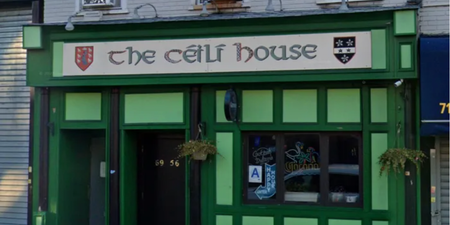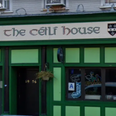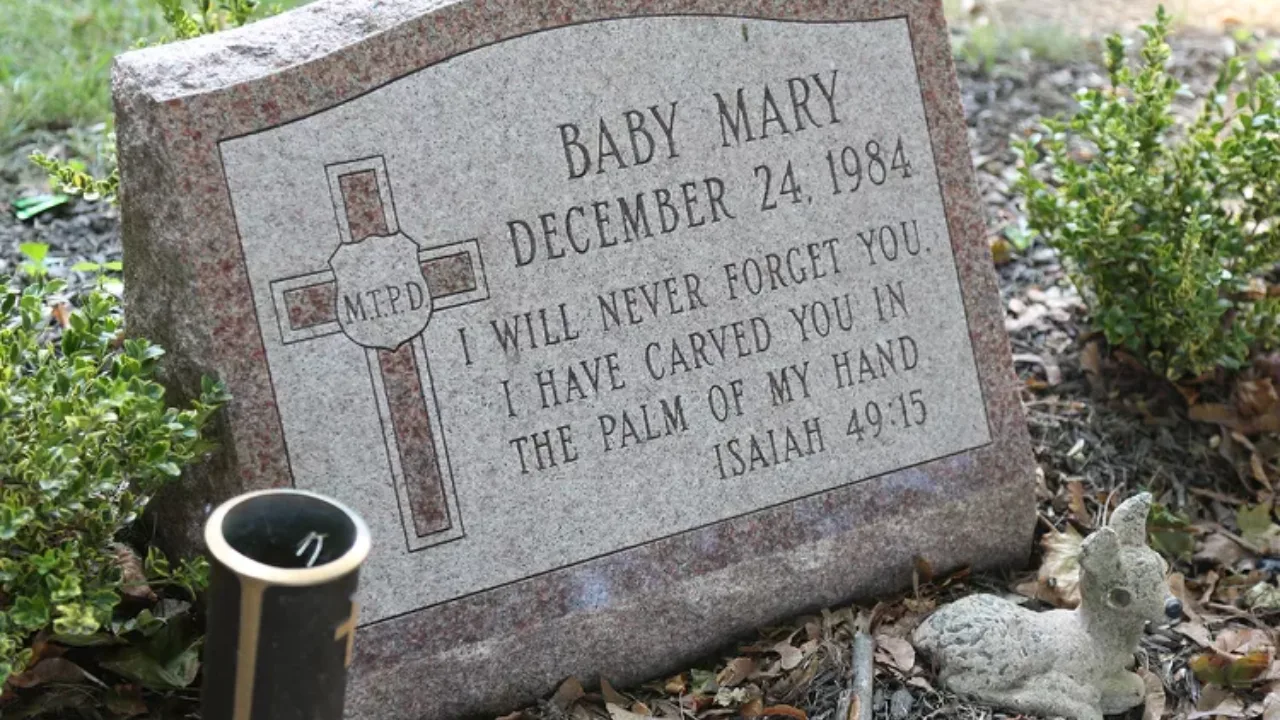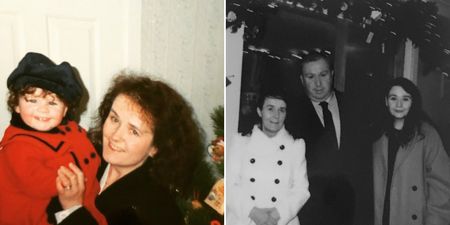Almost all penguins born in the second largest Emperor colony have died over the past three years.
The penguins from the Halley Bay colony in the Weddell Sea have failed to raise chicks since 2016, scientists recently discovered.
The chicks have been dying for three years because of the rate of sea-ice break up. Most of the colony has since left the site and moved to a nearby colony in search of better breeding ground.
High resolution satellite imagery published by researchers from the British Antarctic Survey (BAS) showed that the breeding site conditions have severely deteriorated over the past few years, having been “stable and reliable” before this.

Scientists have said that it is impossible to know whether the breaking up of the ice is due to climate change, but that such a failure to breed is “unprecedented.”
“It is impossible to say whether the changes in sea-ice conditions at Halley Bay are specifically related to climate change, but such a complete failure to breed successfully is unprecedented at this site,” said penguin expert Dr Phil Trathan.
“Even taking into account levels of ecological uncertainty, published models suggest that emperor penguins numbers are set to fall dramatically, losing 50-70 percent of their numbers before the end of this century as sea-ice conditions change as a result of climate change.”

However, lead author Dr Peter Fretwell said that the relocation of the penguins to another colony is encouraging.
“We have been tracking the population of this, and other colonies in the region, for the last decade using very high resolution satellite imagery,” he said.
“Our specialised satellite image analysis can detect individuals and penguin huddles, so we can estimate the population based on the known density of the groups to give reliable estimate of colony size.”
The Halley Bay colony was the second largest penguin in the world.
The number of breeding pairs each year ranged between 14,000 and 25,000, making up around five and nine percent of the global emperor penguin population.
















































